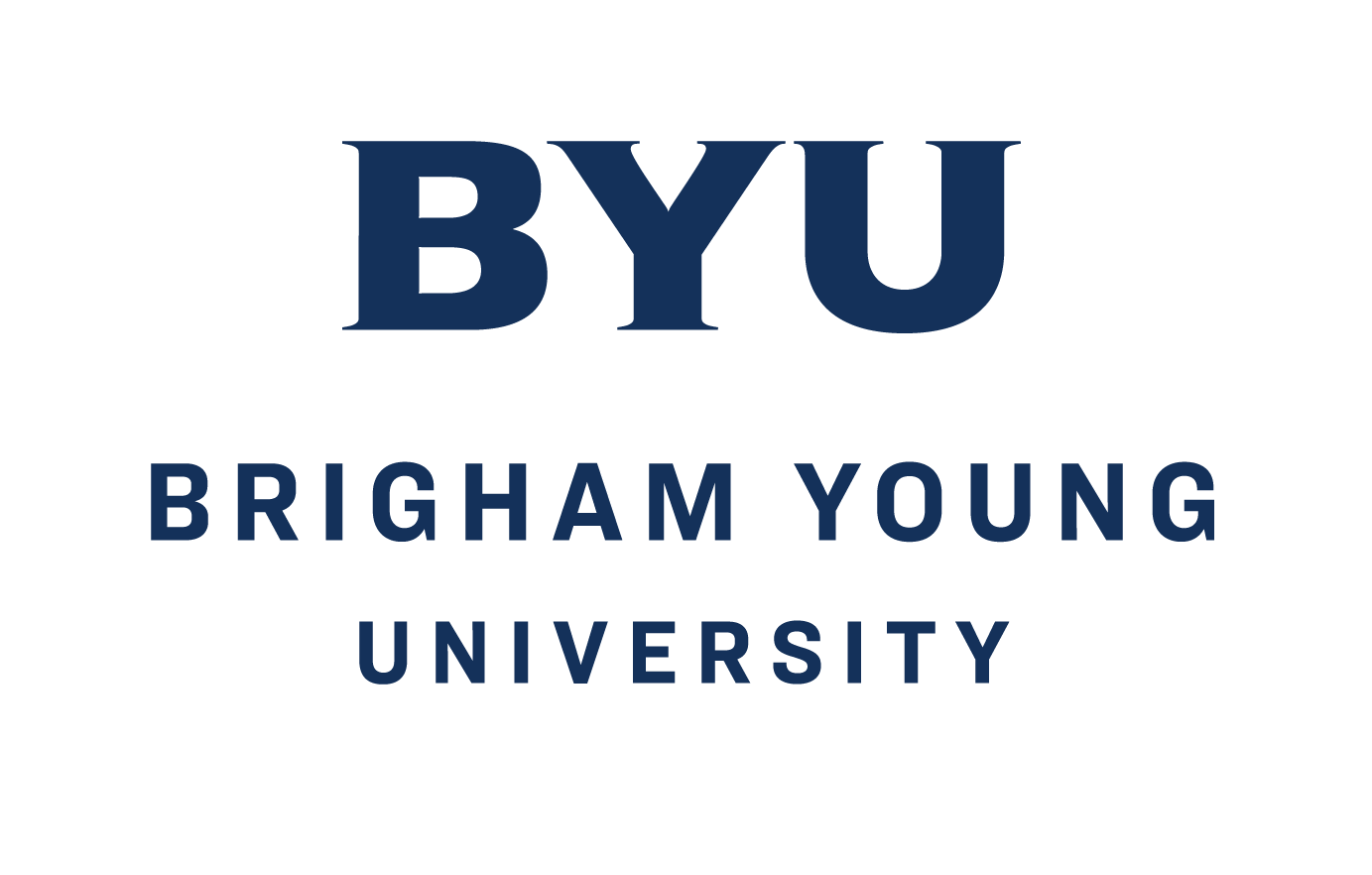
"How Near to the Angels," an important film in BYU history restored by BYU Motion Picture Archives, had its restoration premiere on Jan. 15, 2025.
The movie, originally released in 1956, was fully restored from the original film elements held by The Church of Jesus Christ of Latter-day Saints History Library by Ben Harry and his team of students. Audiences young and old, including original cast members, were present at the event, laughing during parts of the movie and cheering when the film ended.
The film is about a young woman named Janet and her journey to choosing the right husband for temple marriage. Throughout the film, she dates a variety of suitors with different personalities that put her spirituality and agency to the test.
Harry, the film archivist at the BYU Special Collections, highlights the importance of the movie at BYU.

“They wanted to really showcase how they could teach these the church teachings,” Harry said. The film illustrated the practices and principles of the church in a narrative form, he said.
The film highlighted the role church leaders have in helping the youth prepare for an eternal temple marriage, a recurring theme in the film.
Adam Bonny, a BYU graduate who helped restore the film, noted how the film helped build the BYU Motion Picture Studios, now re-named to the LDS Motion Picture Studios.
“'How Near to the Angels' was one of the first fiction narratives that the BYU Motion Picture Studio produced,” Bonny said. It was shot at the same time as other short films the Church produced in conjunction with BYU, he said.
The films were difficult to produce because they didn’t have a studio or headquarters, so crews had to shoot on-location where outside noises made filming difficult. As a result, the budgets of these films doubled, Bonny said.
“The difficulties they experienced on those projects were kind of the impetus for the Church building a studio ... in Provo that is now the Motion Picture Studio,” Bonny said.

Harry highlighted how the creating of this film was the first time the studio tried something more ambitious.
“It's 42 minutes and it tells a larger narrative," Harry said. "Ever since this film, they have done other major productions." This film was the first of the major keystone projects from the BYU Motion Picture Studios, he said.
The films that followed from BYU and LDS Studios after "How Near to the Angels" include "The Windows of Heaven" (1963), "Man’s Search for Happiness" (1964), "The First Vision" (1976), "The Lamb of God" (1992), and more.
“It's this mindset that started with ‘How Near to the Angels’ (that) has led all the way up until the current Book of Mormon videos,” Harry said.
The film’s restoration was a collaboration between BYU and The Church of Jesus Christ of Latter-day Saints. Though BYU made the movie, the Church stored the film materials in Salt Lake City.
“We asked them if we could use it to do a restoration, and they granted us that access,” Harry said.
Harry and Adam spent 60-70 hours working on the restoration of the movie.
“No one has seen it (anywhere) but on VHS for a long time. And even when it was on film, it didn't look as good then as it does now, so we are very excited to present that,” Harry said.
Audiences attending the premiere responded positively to the film.
“I thought it was very good at being able to provide insight into a time period in Utah in the 1950s, as well as to expound upon some of the principles being taught in the church at that time,” Joseph Namingha, a senior at BYU studying history, said.

In his opinion, the film “holds up pretty well in being able to expound upon the teachings of the gospel of Jesus Christ relating to eternal marriage, and to be able to make right choices," Namingha said.
Two of the original cast members from the movie, Mary Anderson Barton and Andre Mostert, attended the premiere and took part in the Q&A session that followed.
“I think that Adam has done a wonderful job of bringing it to life with the color,” Barton said. “You don't realize what a difference it makes.”
She also said she was impressed by two young women in the Q&A session who said they watched it constantly growing up.
“I thought, 'Oh my gosh, I had one copy, showed it to my children one time and that was all,'” Barton said.
Harry said that he thinks people will find some things outdated about the movie, such as the language, but believes there will always be some principles that are still applicable today.
"It's always interesting to see a historical document and see how it relates to today and how it fit in its own historical context," Harry said. "We still emphasize in the Church that it's important to have, for your goal, a temple marriage, and not to settle when some suitors might try and pull you in different directions."
